Soaring Kites, Sweet Tilgul, and Cultural Splendor, Makar Sankranti is indeed one of the most vibrant year-opening festivals in India. Know how it’s celebrated across India and what are the best places to enjoy Makar Sankranti.
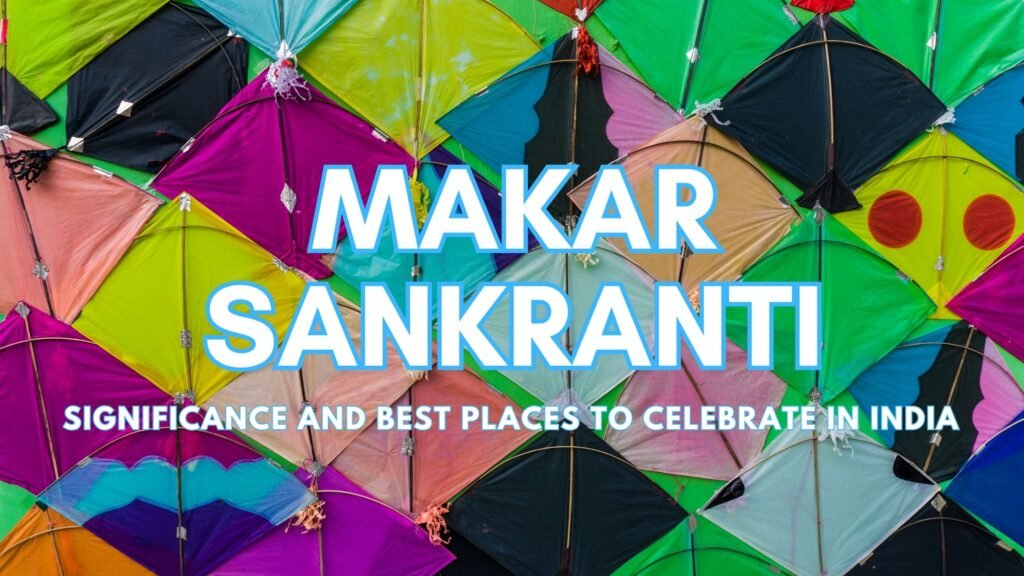
Uttarayan, being the first festival of the year is around. It is a festival to celebrate the sun’s transition that is marking the end of winter solstice, symbolising the sun’s northward journey. Basically, welcoming the longer days and shorter nights!
Also known as Makar Sankranti, this festival is deeply rooted in Indian culture signifying the cultural and spiritual significance due to movements in the solar system.
Significance of Makar Sankranti

Makar means the zodiac sign Capricorn and Sankranti means Transition. This festival signifies the movement of the sun into the zodiac sign. This transition in Hindu tradition is considered propitious for Embarking on new endeavours and pursuing goals. The reason is that Capricorn is seen as an alignment with disciplined and focused energy.
As per Vedic astrology, Makar Sankranti is the best for spiritual practices, a period conducive to introspection, meditation and setting positive intentions for personal and spiritual growth.
Many households perform Pujas and offer prayers seeking prosperity, well-being and success. Other than being astrological, it is quite symbolic as well. Capricorn is said to have a connection with land and agriculture, rooting it with the harvesting season.
On this prosperous occasion, Kites are soaring high in the sky, seen as a metaphor for individuals reaching new heights, overcoming challenges, and aspiring for greater achievements. More than winning it is about demonstrating skills and focus.
On the occasion of Makar Sankranti in India, traditional food like Undhiyu, Chikkis, and Fritters are prepared and served. Sharing these signifies reinforcement of a sense of togetherness in the family and dear ones.
Best Places to experience Makar Sankranti across India
To be a part of this traditional festival, Makar Sankranti, here are a few states which witness the most energetic celebration.
1. Gujarat
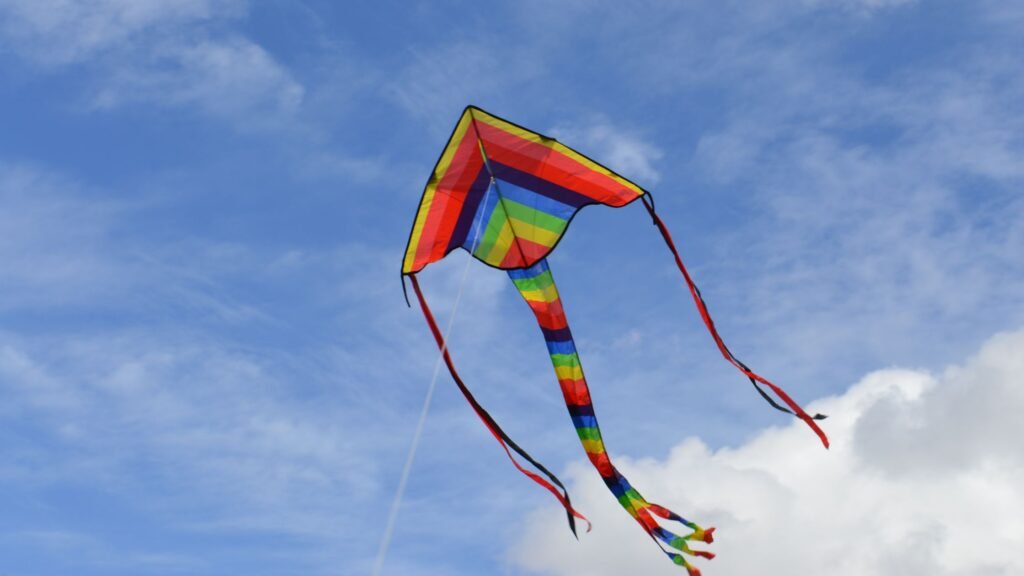
Gujarat’s sky transforms into a vibrant sea of colours on this day. During Uttarayan it’s a breathtaking spectacle there with various Kites of different sizes and shapes hailing high in the sky.
“The Kite Capital of India” doesn’t only stop after the sun sets. Night kite flying known as “Tukkal” adds a magical touch to the festival. At night, Kites are equipped with lights and the sky becomes a canvas of illuminated patterns creating an enchanting view.
Other than being a festival of Kites, this is a more than one-day festival therein. A day before Makar Sankranti it is “Vasi Uttarayan” and continues for several days post-festival.
This day you will find women in their traditional attire Chaniya Cholis and men in vibrant Kurtis. Traditional folk music and dance performances like Garba and Dandiya are also performed. The special food of Gujarat named Undhiyan, a mixed vegetable dish and Til Ladoo are served during this festival.
2. Punjab
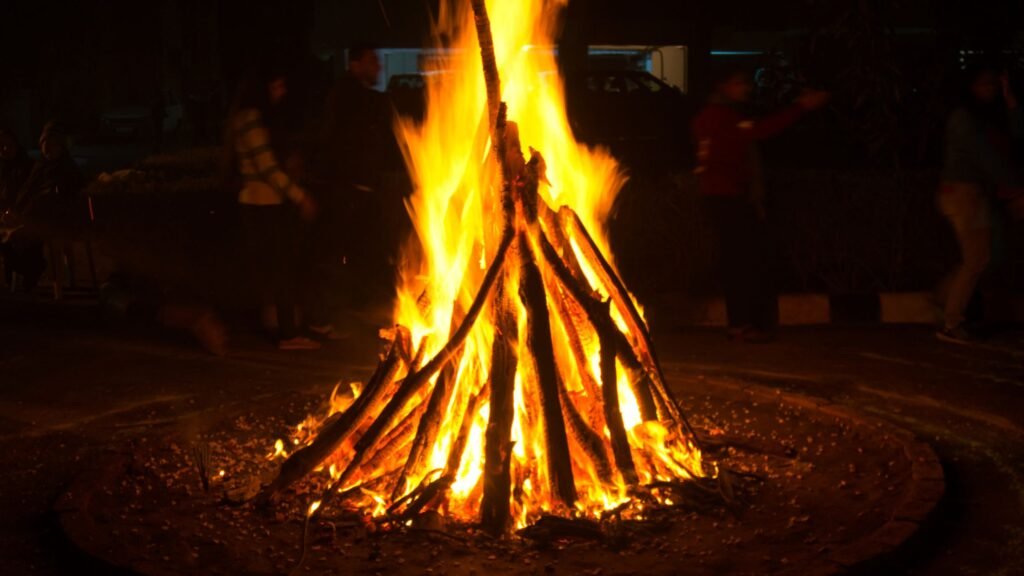
Lohri in Punjab, the festival of Bonfire, Bhangra and Bounty is celebrated one night before Makar Sankranti. Huge bonfires are lit during this festival. Families are gathered around these bonfires, sing traditional songs and offer prayers.
This festival holds agricultural significance, similar to other states marking the end of winter as well as the start of the harvesting season. Farmers express their gratitude for bountiful crops on the occasion of this festival.
Their traditional folk dance, the vibrant Bhangra and Gidda take centre stage in traditional dresses. Sarson da Saag and Makki di Roti made with mustard greens and corn flour. Also, traditional attire like Phulkari is worn by everyone.
While worshipping Til (sesame) is offered to the fire lit with a belief “Til sade paap jhade” that is “May our sins fall off”. Other things like Peanuts, Gur (Jaggery) and other harvests are offered too. Traditional Punjabi drum, Dhol is a significant part of this festival. Along with narrating traditional tales of courage and love.
3. West Bengal
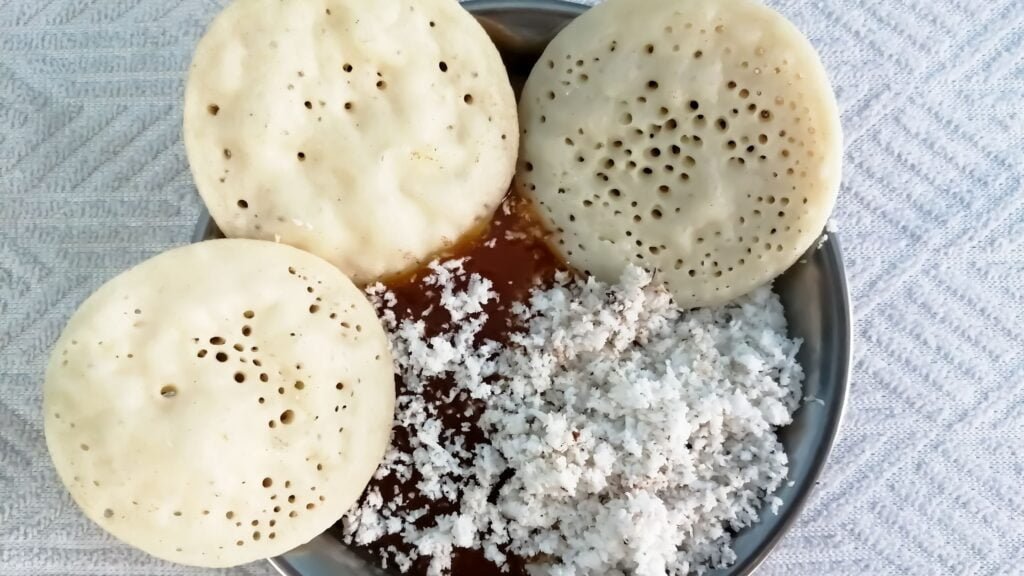
Known as Poush Porban, marking the end of the Bengali month Poush. Devotees flock to riverbanks, particularly to Ganges to take holy dips and offer prayers during the auspicious time. Pithe and Puli, the traditional sweets are prepared and served.
They also indulge in Kite flying like many other states. The sky sees a sprinkle of colourful kites adding joy to the festival. Women wear traditional Bengali dresses having red and white shades in their sarees. Their homes are adorned with traditional Alpana, which are decorative patterns made with rice paste, and rangoli. Folk dance and songs are performed. Artists display the rich culture of Bengal creating an ambience of the festival.
Local fairs are organised in multiple parts of West Bengal featuring handicrafts, artefacts and a variety of traditional food stalls. In Kolkata, there is a famous Ganga Snan Mela which is a notable event during Makar Sankranti. Pilgrims gather here to have a holy dip in the Ganges and perform religious ceremonies.
4. Tamil Nadu
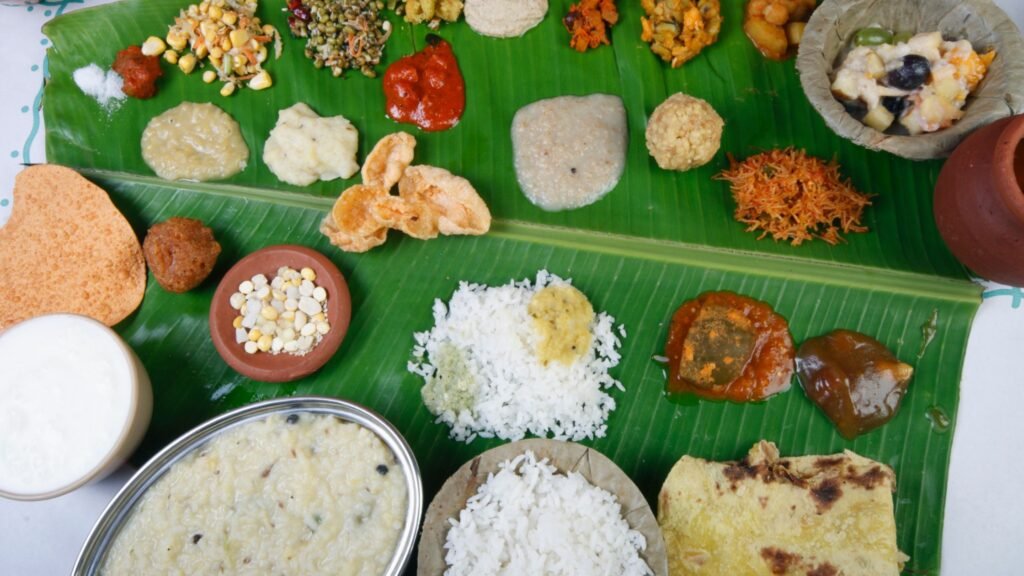
In Tamil Nadu, Makar Sankranti is known as Thai Pongal. Fundamentally, it is a harvest season festival where gratitude for the abundance of rice harvest is expressed. The heart of Thai Pongal rests in traditional Pongal dishes. It is made up of freshly harvested rice, jaggery, milk and others in earthen pots outdoors.
Homes are decorated with colourful kolams which are rangoli-like designs made up of rice flour symbolising prosperity and visual delight. Another speciality of Pongal is cattle worship. A day is designated to honouring cattle, bathing them, decorating them and worshipping them for their role in agriculture. This day is known as Mattu Pongal.
Folk dance, music, and traditional art bring a vibrant touch to this festival. There is a religious angle to this as well which is said to express gratitude for warmth and energy that sustain life on earth.
5. Rajasthan

Particularly the capital city, Jaipur is renowned internationally for the kite festival during Makar Sankranti. The canvas in the sky builds up days before the day of the festival. The spirit of kite flying is deeply ingrained in Rajasthan’s spirit of unity and celebration.
People there will all be dressed up in Rajasthani attire with ghagra choli and men in vibrant turbans. To add most to this festival food like Til ke laddu, Gajak, Daal ki Pakodi etc will be prepared and served. Cultural performances like Ghoomar and Kalbela are performed.
In some regions of Rajasthan, it is celebrated with camel procession where camels are beautifully adorned and other traditional dance and music is played. Additionally, in some regions of Rajasthan, the festival of Lohri is celebrated similar to what it is in Punjab.
Makar Sankranti provides an opportunity for the state to showcase traditional crafts and art. Markets come alive by showcasing various local talents making it a unique and memorable event.
6. Assam
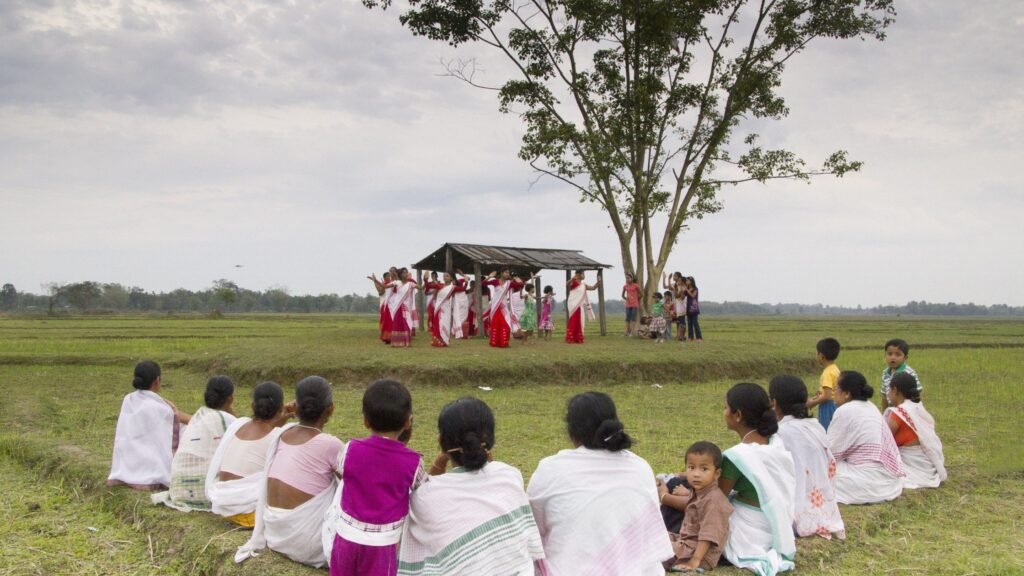
Makar Sankranti with the name of Magh Bihu. Again, this marks the end of the harvesting season. It is considered one of the state’s most significant festivals. On this occasion, Meji lighting is considered the major attraction. It is a massive bonfire with bamboo, thatch and other wood. Similar to Punjab, the people of Assam gather around to pray for prosperity by tossing various offerings in the fire.
Women there dress up in their traditional attire known as mekhela chador, a two-piece saree while men dress in Dhoti and Ghamosa to perform Husori, the traditional folk dance. In this young men performing husoriya go from house to house seeking blessing.
Various Assamese dishes are offered in this festival known as Pitha and Laru, made up of rice and sesame. In some parts of Assam, it is also known as Goru Bihu.

You have Wonderfully covered every detail about traditions , rituals and most importantly festive food of entire India.
Great presentation.